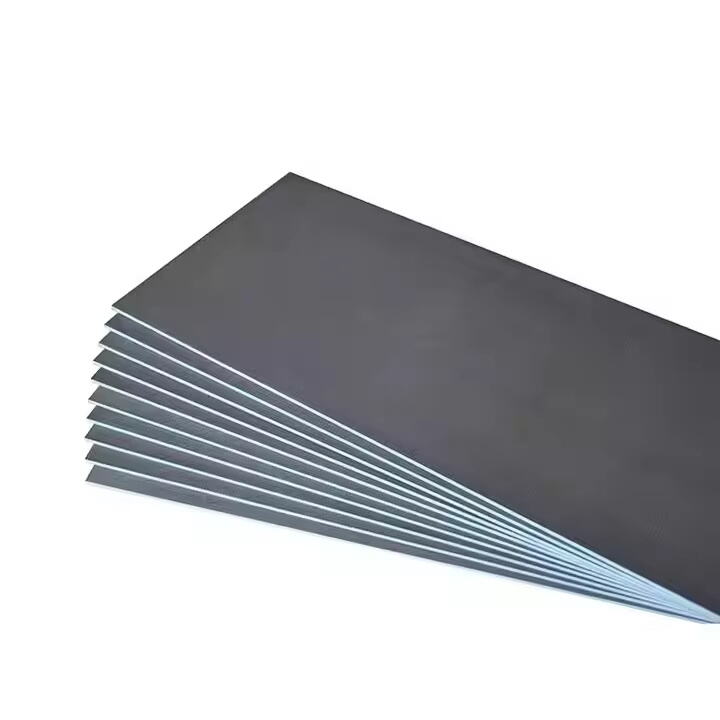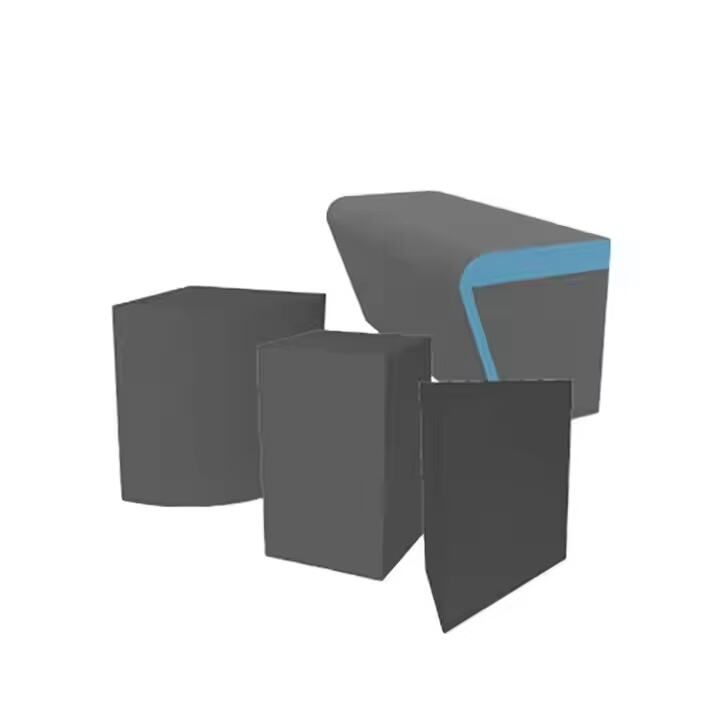Designing for Comfort and Confidence
In modern bathroom design, functionality and beauty no longer need to exist in isolation. Accessible shower systems are at the forefront of this shift, combining inclusive design with sophisticated aesthetics. As accessibility standards evolve and more homeowners seek universal solutions, these systems cater to everyone, regardless of age or ability. They create safer, more usable spaces without compromising on style. The integration of safety-focused features into sleek, modern settings is not just a trend—it’s a design philosophy that centers on dignity, independence, and comfort.
Key Components of Accessible Shower Systems
Barrier-Free Entryways
One of the core features of accessible shower systems is the barrier-free or low-threshold entry. These designs eliminate the step-over curb found in traditional showers, making them safer for people with mobility challenges. The smooth transition from bathroom floor to shower area reduces tripping hazards and simplifies wheelchair or walker access. This feature not only enhances safety but also contributes to a seamless, minimalist look.
Non-Slip Flooring Solutions
Safety begins underfoot. Accessible shower systems typically include non-slip flooring materials that provide traction in wet conditions. Textured tiles, vinyl surfaces, and rubberized coatings are common choices. These materials are available in various colors and styles, proving that safety can coexist with design. Non-slip flooring helps prevent falls, which is especially important for older adults or those with balance issues.
Integrating Safety Features
Grab Bars and Handrails
Grab bars are vital components of accessible shower systems. Strategically placed near entrances, showerheads, and seating areas, they offer support and stability. Modern grab bars come in sleek finishes and streamlined shapes, blending well with both traditional and contemporary bathrooms. They can also double as towel bars or shelving, further maximizing space and functionality.
Built-In Shower Seats
Shower seating adds comfort and safety for users who may not be able to stand for long periods. Accessible shower systems often include fold-down or built-in benches that are sturdy and water-resistant. These seats support users during bathing and reduce fatigue. Stylishly integrated seats can complement the overall bathroom design without appearing clinical or institutional.
Harmonizing Design and Function
Modern Fixtures and Finishes
Aesthetic appeal is a priority in accessible shower systems. Designers now have access to a wide range of stylish fixtures, from rain showerheads to handheld sprayers, that suit the needs of all users. Finishes such as brushed nickel, matte black, and polished chrome provide modern elegance while maintaining durability and corrosion resistance. These fixtures ensure usability and elevate the bathroom's visual appeal.
Seamless Glass Enclosures
Glass enclosures add a touch of luxury while maintaining visibility and openness in the space. Frameless or semi-frameless designs help make the shower area feel larger and more welcoming. When paired with accessible shower systems, these enclosures can be customized to allow wide entryways and support hardware like sliding doors or pivot hinges suited for all users.
Catering to Diverse Needs
Universal Design Principles
Accessible shower systems follow the principles of universal design, meaning they are created to be usable by all people to the greatest extent possible. This approach benefits not only individuals with disabilities but also aging populations and families with young children. Universal design eliminates the need for future renovations by providing long-term accessibility from the start.
Customization Options
Everyone’s needs are different. Accessible shower systems offer a wide range of customizable features to match individual requirements. Adjustable showerheads, moveable benches, and personalized control placements allow users to tailor their shower experience. Custom tiling, lighting, and shelving further enhance both usability and visual impact.
Enhancing the User Experience
Temperature Controls and Safety Valves
Accessible shower systems often include thermostatic valves and anti-scald technology to protect users from sudden temperature changes. These smart controls ensure consistent water temperature, preventing burns or discomfort. Intuitive levers or touch controls make adjustments easy for individuals with limited hand strength or dexterity.
Lighting and Visual Cues
Good lighting improves visibility and overall ambiance. LED lights embedded in shower enclosures or ceilings brighten the space and reduce the risk of slips. Color contrasts between the floor and walls help visually impaired users navigate safely. These thoughtful additions make accessible shower systems both functional and inviting.
Long-Term Value and Investment
Increasing Home Value
Investing in accessible shower systems can increase a home's value and market appeal. Potential buyers recognize the benefit of a bathroom that accommodates all users, including aging family members or guests with mobility concerns. Accessible features signal foresight, comfort, and a commitment to quality living.
Cost vs. Benefit Analysis
While installing accessible shower systems may involve upfront expenses, the long-term benefits outweigh the costs. Reduced risk of accidents, fewer required renovations in the future, and enhanced usability make them a practical choice. The combination of safety and aesthetics adds enduring value to the home.

Future Trends in Accessible Shower Systems
Smart Technology Integration
Emerging trends in accessible shower systems include smart tech features like voice-activated controls, automated water temperature regulation, and app-based monitoring. These innovations enhance the user experience by offering convenience and customization. As technology continues to evolve, accessible bathrooms will become even more intuitive and user-friendly.
Eco-Friendly Innovations
Sustainability is becoming a major consideration in bathroom design. Many accessible shower systems now incorporate water-saving fixtures and environmentally friendly materials. Low-flow showerheads and recycled-content tiles are examples of how accessibility and eco-consciousness can coexist. These systems reflect a broader movement toward responsible, inclusive design.
FAQ
What features should I look for in accessible shower systems?
Key features include barrier-free entry, non-slip flooring, grab bars, shower seating, and adjustable fixtures. These elements improve safety and usability for all users.
Can accessible shower systems still look stylish?
Yes, modern accessible shower systems are designed to blend safety with contemporary aesthetics. Options for sleek fixtures, custom tiling, and elegant enclosures make it easy to achieve a beautiful, functional bathroom.
Are accessible shower systems only for people with disabilities?
No, they benefit everyone, including seniors, children, and anyone who values comfort and safety. Universal design ensures long-term usability without future remodeling.
How much does it cost to install an accessible shower system?
Costs vary based on customization, materials, and labor. While initial expenses may be higher than standard showers, the added value and safety benefits often justify the investment.


